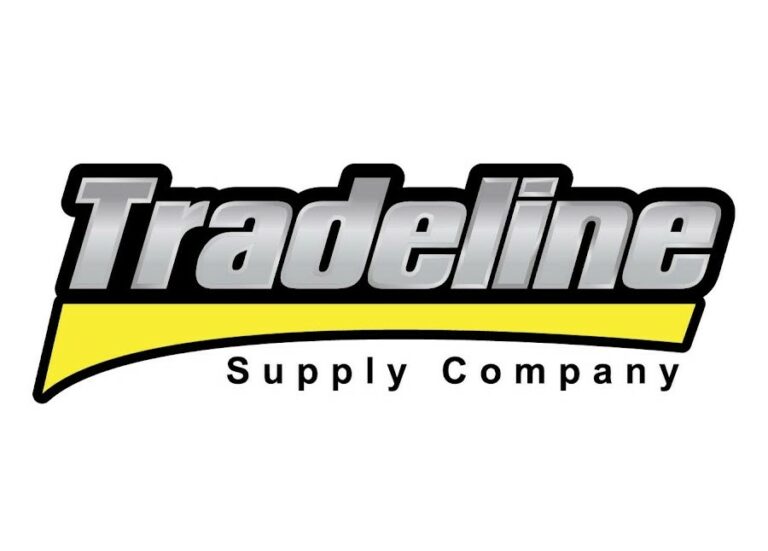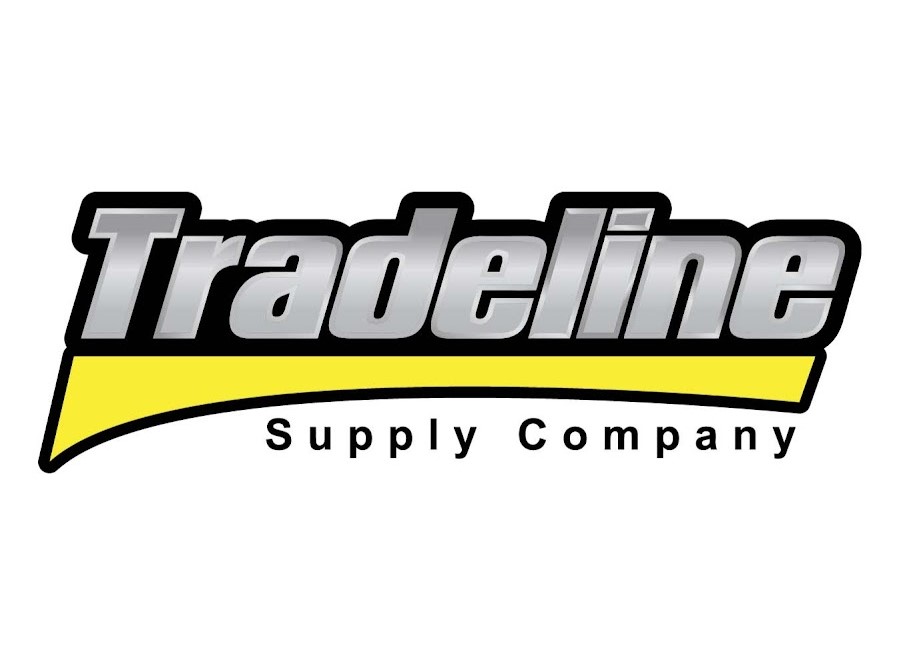What is Asset-Based Lending?
Asset-based lending, often abbreviated as ABL, refers to a form of business financing where lenders base credit approval on the value of a company’s assets. It differs from traditional loans, where financial institutions base credit approval on the business owner’s credit score, time in business, and the company’s cash flow.
The assets you use to establish the loan become the collateral. All asset-based lending requires collateral, meaning they are secured loans.
Business lines of credit are the most commonly used form of financing in ABL, but they can also include loans, such as equipment financing. Asset-based loans provide money for working capital needs, such as inventory purchases, operating expenses, or hiring additional staff.
The industries most likely to use asset-based lending include the following:
- Business services.
- Distribution.
- Logistics.
- Manufacturing.
- Staffing.
- Transportation.
How does an Asset-Based Loan work?
Asset-based lenders will appraise your assets to determine your borrowing capacity. Here are the components of asset-based lending.
Borrowing Base
ABL lenders calculate the value of your business assets to determine the advance amount you qualify for, known as the borrowing base. The asset-based credit facility is determined using the total assets of the borrower’s balance sheet and their loan-to-value ratio (LTV). This is a ratio that lenders use to approximate their actual return on assets since claiming and reselling them incur costs.
For example, if the market value of your assets is $100,000 and the lender determines the LTV is 80%, your borrowing base will equal $80,000. Highly liquid assets will usually get a higher LTV, around 85%. Physical assets, which are more difficult to resell and convert into cash, will have a lower LTV.
Monitoring
In most ABL structures, you’re required to send monthly status reports on the assets used to determine your borrowing base. Lenders may also conduct periodic field examinations and appraisals to maintain accurate valuations on the collateral.
Financial Covenants
Asset-based lending usually has fewer low covenants than cash flow lending. Some lenders will subject small business owners to a fixed-charge coverage ratio (FCCR).
Flexibility
ABL also provides greater flexibility in how borrowers can use the fund. Since they have fewer conditions limiting a company’s debt, you can often carry ABL debt simultaneously with other business debt.
What business assets do ABL lenders consider?
Lenders will look at the assets listed on your balance sheet but may consider additional collateral in some cases. Here are the most common assets considered in ABL.
Cash & Securities
Lenders prefer highly liquid assets when available. Your currently available cash and securities will typically yield the highest LTV.
Accounts Receivable
A company’s accounts receivable are an asset as the unpaid invoices represent money scheduled to come into the business. Lenders will review your A/R payment cycles to ensure the money arrives reliably. Accounts that are difficult to collect may not be considered.
Inventory
Your inventory is another high-value asset that lenders could use to determine your borrowing base. Some inventory, such as bespoke or branded items, might not be considered since their resale value is limited.
Commercial Real Estate
If your business owns real estate, such as a storefront, warehouse, etc., lenders will consider it part of your borrowing base.
Equipment
Business equipment can include everything from computers and office furniture to manufacturing machines. Lenders will consider most business equipment, but pieces with a low resale value or rapid depreciation might not be eligible.
How to apply for Asset-Based Lending:
Our loan executives can help you apply for an asset-based loan through our network of lenders. Follow these steps to apply.
Step 1: Consider Your Needs
Before you begin the application process, take some time to make sure this is the right product for your individual needs. Will you be able to use the capital for your desired purpose? Is the repayment structure conducive to your cash flow? Do you know exactly how much funding to request?
Answering these questions ahead of time will make the rest of this process much smoother.
Step 2: Gather Your Documents
You will need to provide these basic documents during the application:
- Driver’s license.
- Voided business check.
- Bank statements from the past three months.
- Financial statements.
- A balance sheet with a list of assets to be used as collateral.
Step 3: Fill Out the Application
You can begin the application process by calling us or filling out our one-page online application. Either way, you’ll be asked to supply the information from the previous section along with your desired loan amount.
Step 4: Speak to Representative
Once you apply, a representative will contact you to explain the repayment terms, interest rates, and terms you qualify for. This will ensure that there are no surprises or hidden fees during repayment.
Step 5: Receive Approval
If approved, funds should appear in your bank account in 1-3 business days, depending on your loan type.
What are the advantages of Asset-Based Loans?
Asset-based lending can provide several benefits to small business owners. Since you secure the loan with business assets as collateral, lenders typically accept lower credit scores.
Most asset-based financing arrangements come with fewer restrictions on how you can use the funds, less stringent eligibility criteria, and few covenants in the loan structure. Many ABL structures don’t require fixed payments, allowing businesses to have a more flexible structure.
Seasonal businesses tend to prefer ABL as their borrowing base expands and contracts with their business needs. Your borrowing base grows as your business acquires more assets, opening access to additional capital.
What are the disadvantages of Asset-Based Loans?
All ABL structures are secured financing, and you risk losing your assets if you default. While you have fewer loan covenants, you will have to file regular reports on the status and value of your assets.
Once you establish a line of credit or business loan using a business asset as collateral, you cannot use that asset for another lending arrangement. In some cases, taking out more than one loan or line of credit using the same collateral is illegal.
You’re required to send monthly reports on the asset status. In addition, lenders perform periodic field examinations and appraisals. Thankfully, modern technology has made reporting simpler.
When assets depreciate, it could negatively affect your available capital. Using physical assets like equipment also means a lower LTV and borrowing base.
Asset-Based Lending Pros & Cons
Pros:
- Businesses with uneven cash flow can get financing.
- The collateral is built into the loans.
- More financing flexibility.
- Leverages equity in your existing assets to gain capital.
Cons:
- Risk losing the asset(s) if you default.
- Must have strong business assets – usually not available for startups.
- Lower LTV for physical assets such as equipment or real estate.
- Must file frequent reports on asset status.
- Asset depreciation could negatively affect available capital.
Frequently Asked Questions
Here are the most common questions about ABL.
Is Asset-Based Lending the right choice for my business?
Choosing between ABL and cash flow loans comes down to your business’s strengths and weaknesses. Cash flow loans are better for companies with robust revenue streams and projected cash flow growth. Your cash flow must be able to handle the loan repayments without eating into your margins.
Asset-based loans tend to be more suitable for businesses with a solid historical performance and a robust balance sheet to show for it. In particular, if your company has acquired assets with high liquidity, ABL could be more beneficial.
Are Asset-Based Loans more expensive?
Asset-based loans do tend to have higher interest rates than conventional business loans. Lenders might incur more costs because of the appraisal and monitoring of assets. However, ABL costs are typically lower or at least competitive with other non-conventional financing arrangements like factoring or merchant cash advances.
What are my other business loan options?
Asset-based lending is not the right fit for every business. Historically, ABL was often considered last resort financing, but many of the old stigmas no longer apply. Even so, small business owners risk losing valuable business assets with this model. The alternatives to asset-based lending are cash flow loans.
Here are some cash flow loan options to consider:
- Short-term business loans.
- Business lines of credit.
- Merchant cash advance.
- Revenue-based financing.
Asset-Based Loans – Final Thoughts
Asset-based lending is a viable option for asset-rich businesses with inconsistent cash flow. Using the equity in your business assets to secure access to capital puts idle assets to work for you.
However, there are some inherent risks with ABL, as there are will all business loans. In this case, though, you risk losing the assets you offered as collateral for the loan.
In addition, ABL could be more expensive than a conventional business loan. However, if you need the working capital to support your business and ABL is your best option, the cost could be worth it.
Contact us if you have more questions about understanding asset-based lending or want to apply for a small business loan. Our loan executives can help you determine if a cash flow loan or asset-based loan is the best option for your situation and business needs.
























